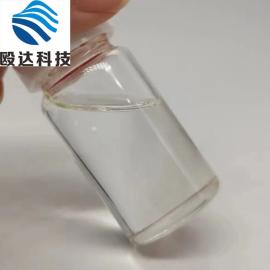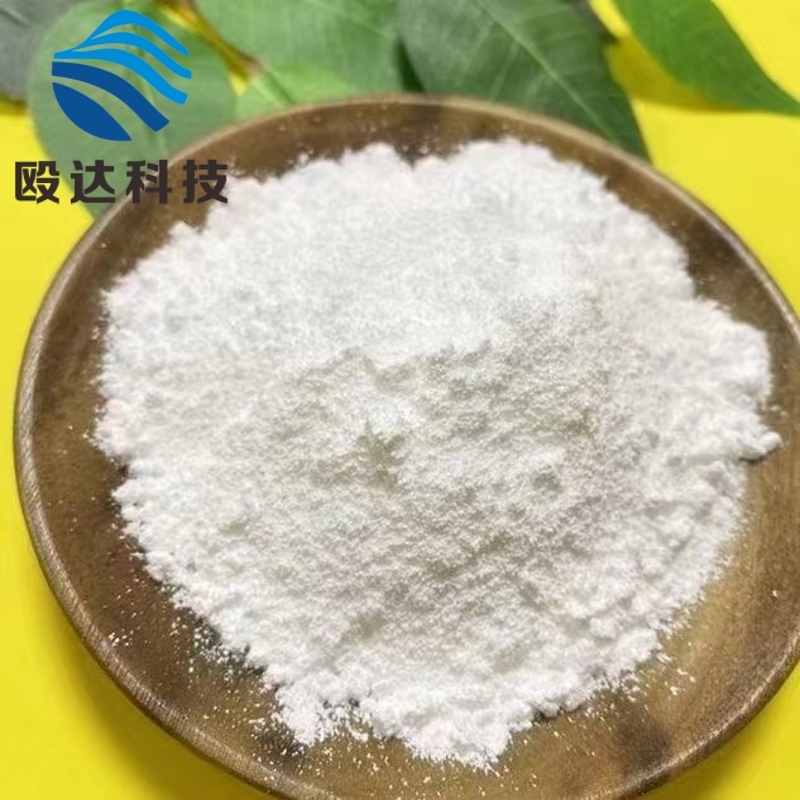-
Categories
-
Pharmaceutical Intermediates
-
Active Pharmaceutical Ingredients
-
Food Additives
- Industrial Coatings
- Agrochemicals
- Dyes and Pigments
- Surfactant
- Flavors and Fragrances
- Chemical Reagents
- Catalyst and Auxiliary
- Natural Products
- Inorganic Chemistry
-
Organic Chemistry
-
Biochemical Engineering
- Analytical Chemistry
- Cosmetic Ingredient
-
Pharmaceutical Intermediates
Promotion
ECHEMI Mall
Wholesale
Weekly Price
Exhibition
News
-
Trade Service
The synthesis of 4-fluoro-2-methyl-1H-indol-5-ol is a challenging task in the chemical industry.
This is because the natural product is found in very low concentrations in some plants and it has a wide range of potential synthetic routes.
Synthetic routes to 4-fluoro-2-methyl-1H-indol-5-ol include classical synthetic methods such as the Maillard reaction, and modern synthetic methods such as asymmetric synthesis, and native chemical synthesis.
One of the most commonly used synthetic route is the Maillard reaction, which is a reaction between a carbonyl compound and an amine.
In this route, a precursor such as a fatty acid or a derivative is reacted with an amine to produce 4-fluoro-2-methyl-1H-indol-5-ol.
However, the yield and purity of this synthetic route can be low and it is also associated with the generation of unwanted side products.
Another synthetic route is asymmetric synthesis, which is a method that uses chiral catalysts and reagents to produce enantiopure compounds.
In this route, a chiral building block, such as a tartrate or a lactate, is used to produce 4-fluoro-2-methyl-1H-indol-5-ol.
However, this synthetic route is also associated with low yield and purity, and it can be expensive due to the use of enantiopure reagents.
A more recent synthetic route is the native chemical synthesis, also known as "green chemistry", which is a method that uses non-toxic, earth-abundant and inexpensive reagents to produce 4-fluoro-2-methyl-1H-indol-5-ol.
This route involves the use of hydrocarbons or nitrogenous compounds as building blocks, and it is associated with high yield and purity, and also it is more environmentally friendly than classical synthetic methods.
In conclusion, the synthesis of 4-fluoro-2-methyl-1H-indol-5-ol is a challenging task in the chemical industry, and it has a wide range of potential synthetic routes.
Synthetic routes to 4-fluoro-2-methyl-1H-indol-5-ol include classical synthetic methods such as the Maillard reaction, asymmetric synthesis and modern synthetic methods such as native chemical synthesis.
The use of modern synthetic methods such as native chemical synthesis is becoming increasingly popular due to its high yield and purity and environmental friendly nature.
Therefore, it is important to continue to explore new and innovative routes to this important synthetic intermediate in the chemical industry.







